The ‘Giving Every Child the Best Start in Life ‘ strategy was launched on the 7th of July 2025, and it’s packed with changes that affect all of us working in the early years.
If you’re a nursery manager, owner, or leader in the sector, this one’s worth paying attention to.
What is the Giving Every Child the Best Start strategy?
The Giving Every Child the Best Start in Life strategy, published on the 7th of July 2025, sets out the government’s vision to “make real change happen for families and children.” It acts as a plan on how they plan to bring this vision to life.
It’s part of a much broader roadmap (the government’s Plans for Change and the wider decade of renewal) which brings together health, education and care in a more connected, purposeful way.
This strategy builds on several recently released policies and reports, all aiming to:
- Expand and strengthen family services
- Make early education and childcare more accessible and affordable, and
- Raise the quality of provision across England
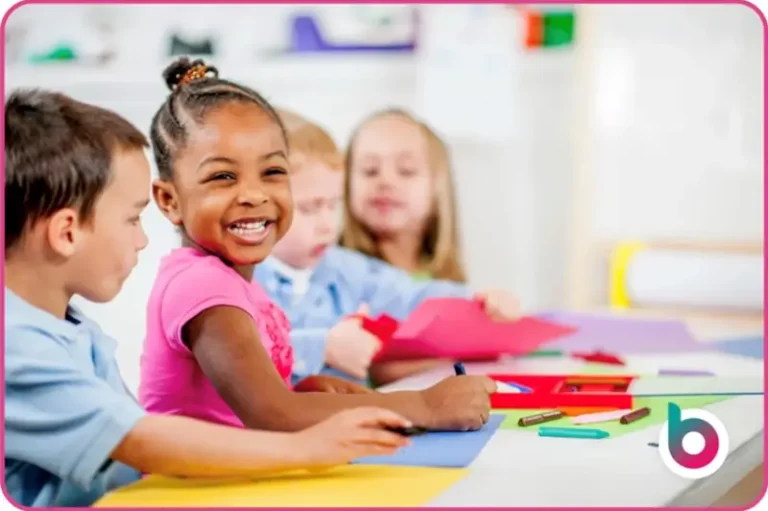
Here are some of the policy and documentation changes we’ve covered that you might be interested in:
The main points summarised
The strategy is packed with detail (new funding plans, workforce goals, inspection changes and more).
Below, we’ve pulled together the key takeaways that matter most for nursery managers and owners, so you can quickly understand what’s changing and how it might affect your setting.
Better family support
The strategy puts a major focus on Family Hubs, with a clear intention to create stronger local support systems, especially in areas with the highest levels of need.
Local authorities will see a boost in funding to deliver these services and strengthen their role in early intervention and inclusive practice. Over £500 million is dedicated to creating and running the hubs.
Currently, around 24% of local authorities have Family Hubs and Start for Life services. The aim is to increase this to 100% of all local authorities in the country by April 2026.
Leaving the government only 9 months to implement key services across England that will ‘make real change happen for families and children’. The government’s aim is to have up to 1000 Family Hubs and Start for Life service hubs available across England by 2028.
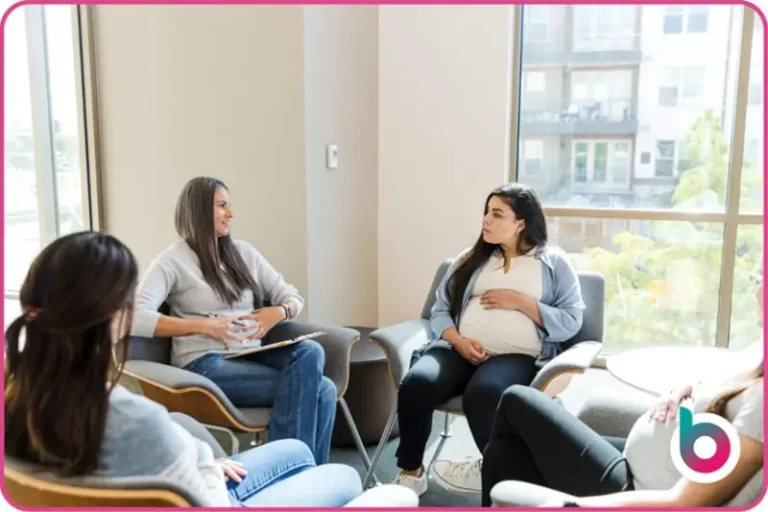
The plan to implement country-wide Family Hubs aligns with the wider government’s 10-year Health Plan and aims to streamline access to health, parenting, and development support.
The overarching movement for this ‘decade of renewal’ is aiming to move from hospitals to the community, from analogue to digital processes and from sickness to prevention.
The introduction of the Best Start digital service targets parents, giving them access to guidance and advice through their NHS portal (via the ‘My Children’ access point).
The key message? Early years outcomes improve when families and communities are supported. High-quality, evidence-based practice should be accessible to everyone, regardless of postcode.
Healthier children
Health and wellbeing are central. Following the plans set out in the ‘Giving Every Child the Best Start’ strategy, there will be improved maternity and newborn support, making transitions from birth to nursery smoother.
Health visits will be easier to arrange, and the government wants to reduce admin barriers for parents. Vaccinations will become more accessible, and appointment booking will be simplified. All of this ties into the government’s focus on the analogue to digital transition.
There’s also a push on healthy eating for children. With rising concerns for rates of obesity in children, access to good-quality balanced meals is essential, especially in areas of deprivation.
In June 2025, we saw the expanded free school meal eligibility for parents, meaning more children will be eligible for free school meals. This doesn’t directly impact PVI settings with their catering costs, although school-based nurseries are set to benefit from this initiative.
Tooth decay is a problem for our young children. Linked to unhealthy diets and the increased costs associated with organic and healthy food. The strategy sets out plans to reduce children’s tooth decay.
One method is through partnering with one of the largest producers of oral hygiene products, Colgate-Palmolive. To provide 23 million toothpastes and toothbrushes to young children across the country over the next five years.
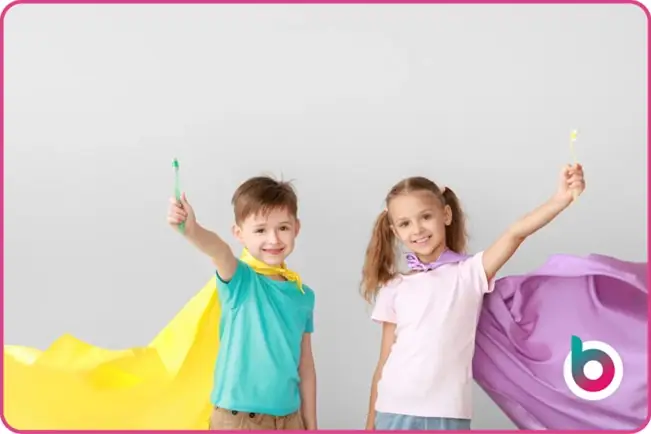
Local change planned
Local authorities are also getting a refresh, with more discussions about improving coordination between services (although there is no expressed plan for how this will be achieved).
The accountability and assessment of progress for local authorities are also set to change. Innovation for approaches that will improve children’s early outcomes is a focus for local governments, as they invest in innovation through the Test Learn Grow programme.
The ‘Giving Every Child the Best Start’ strategy highlights the importance of strong leadership and workforce capacity to deliver high-quality family services. There will be a survey undertaken looking at the dynamics of the workforce and pinpointing areas that will benefit from additional training and support.
Every hub is expected to have clear links with local safeguarding services, making multi-agency collaboration essential. This ties into the latest Keeping Children Safe in Education (KCSIE) documentation published.
Accessibility to early education and childcare
A major concern for many families is whether they can access high-quality childcare, and too often, location still decides that. The ‘Giving Every Child the Best Start’ strategy wants to eliminate the concept of a postcode lottery and focus on making early learning accessible to all, targeting those areas of deprivation the most.
There’s a strong emphasis on the commitment to implementing the recent changes to funded childcare places, particularly for working parents. A key aspect of increasing accessibility to childcare is the introduction of School-Based Nurseries from September 2025.
It is thought these new places will also increase the SEND childcare capacity that many local authorities are struggling to supply.
When it comes to nursery funding rates, the phrase used is to make ‘nursery funding stable and sufficient’. The funding formulas, allocation, and distribution will be reviewed by Summer 2026.

A stronger early years system
The strategy recognises the need to replicate and grow the existing high-quality provision available in early years settings. The strategy mentions the potential for nursery groups and single-site settings to collaborate and ‘pool some administrative duties’ for a more streamlined approach.
Could this be a step towards the approach we have with schools, a possible move towards academisation-style nursery group collaboration? Only time will tell.
A stronger early years system covers funding, expertise, recruitment processes and quality assurance.
Funding, as we know, has been mainly earmarked for School-Based Nurseries, and not-for-profits that fall into the ‘impact economy’ description, to further advance evidence-based knowledge and data for early years approaches.
For the nursery system not to become two-tiered, the government must take care of the funding distribution for provision progression filters to PVI settings. If PVI settings don’t benefit from the same funding as local authority-run nurseries, it will create further inconsistency when it comes to the quality of early education.

The changes in Ofsted inspections released earlier this year will impact schools and maintained nurseries first. But these changes are on their way to early years. As expected, following the September consultation results of the changes in the way Ofsted will inspect schools, early years settings will also expect an update in how they are inspected.
The ’Giving Every Child the Best Start’ strategy highlights the changes in EYFS Ofsted inspection frequency. Ofsted will inspect early years settings within four years, instead of within the historic six-year window. The strategy mentions a commitment to provide inspectors with additional training to better understand the age group and how to inspect nursery groups rather than single-site settings.
Quality in early years, including Reception
If you’ve been in the sector a while, you’ll know recruitment and retention are ongoing battles. This strategy acknowledges that and aims to make early years a career people want to stay in and grow within.
We can expect see more Early Years ITT (Initial Teacher Training) places available across the country. The aim is to double the number of available training places by 2028.
Mirrored by the drive to have an Early Years Educator in every setting.
The strategy recognises the value that formal qualifications and training have on the quality of a setting’s provision. This is why there is a focus on attracting new talent and supporting those already in the sector through flexible training pathways.
A new professional register for early years teachers is due to be co-designed to raise the status of a practitioner’s role. This professional register will encompass continuous professional development (CPD) in the sector and aims to give those working tirelessly in the profession the recognition they rightly deserve.
On top of that, leadership development will get a boost, with early years becoming more prominent in National Professional Qualification for Headship courses, among other leadership course plans.
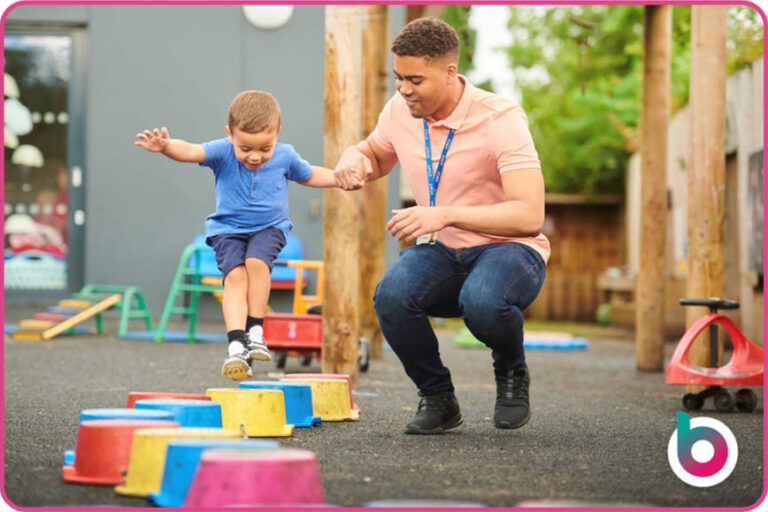
Inclusion in early years
The government’s message is clear: inclusive practice should be standard practice.
There’s a commitment to improve the skills of the current early years workforce and make sure training routes reflect the diverse needs of all children. This includes upskilling teams in SEND support and embedding inclusive approaches into everyday practice.
The ‘Giving Every Child the Best Start’ strategy does mention, ‘We will also increase access for children with SEND by investing in the help available to them to support inclusion and early intervention to prevent the escalation of needs.’ Although it is unclear as to how this will be achieved yet.
Early Maths and English development
Language and early Maths are front and centre, with reception classes receiving funded access to both the NELI (Nuffield Early Language Intervention) and the Maths Champion programme. There’s a big push on early maths and language development as the foundation for long-term learning.
It has not been explained if and how PVI nurseries will be able to benefit from these funded interventions. But the recognition that school-readiness begins far before reception.
It is our hope, and the hope of the PVI sector, that funding, training and resources will be filtered to PVI settings as well as School-Based Nurseries.
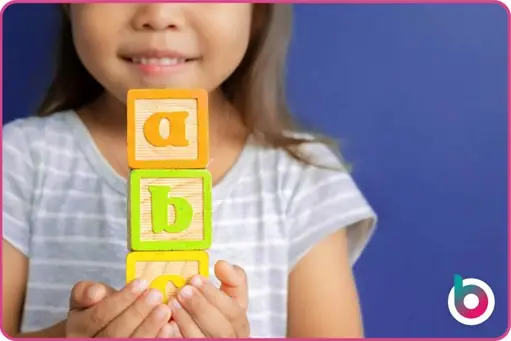
Early Years Pupil Premium Funding increase
In case you missed it, EYPP funding increased in April 2025, giving settings more flexibility to support eligible children. EYPP for 2025 has increased to a maximum of £570 per pupil.
Expanding the Stronger Practice Hubs
By 2028, there’ll be 36 Stronger Practice Hubs, this is double the current number. These hubs will be key to supporting settings post-Ofsted inspection and helping spread best practice where it’s needed most.
Nursery and school-funded partnerships
The strategy mentions support for funded partnerships between nurseries and schools to share knowledge, strengthen transitions and improve outcomes.
These partnerships are being monitored by the Education Endowment Foundation, and it’s an opportunity to build strong bridges between your nursery and local schools.
There are no clear plans as to how this will work, the timeframes for their development and the funding allocation for schools and nurseries.

With more changes expected to roll out over the coming months, we know it can be hard to keep up, especially when you’re already spinning a dozen plates.
That’s why we break down DfE and Ofsted updates into easy-to-digest, early years–focused blogs written with nursery leaders in mind.
If you’d like the latest guidance, tips and tools delivered straight to your inbox, make sure you subscribe to the Blossom blog. We’ll keep you informed, without the overwhelm.